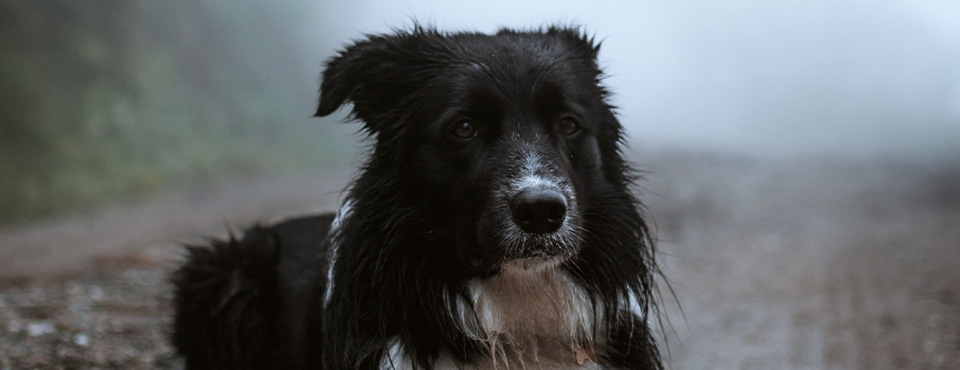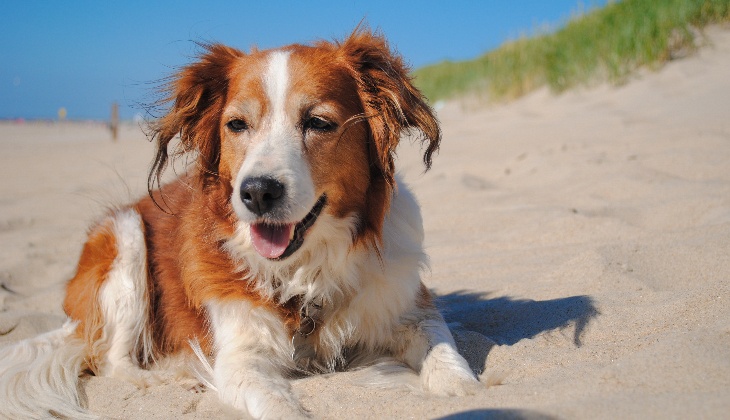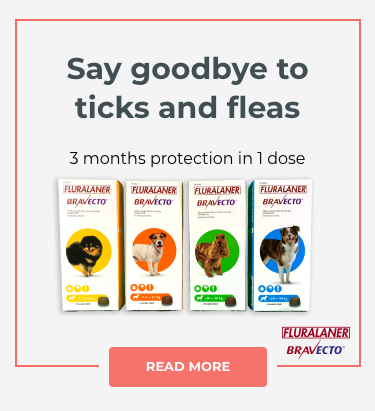Three Easy Ways To
Keep Your Fur Friends Protected During Extreme Weather
CARE & NUTRITION
19 Apr, 2022
6 minutes

There’s a good chance that, whatever season it is where you live, you’re in the midst of a weather challenge right now. If you think it’s challenging to stay cool or warm, imagine how your furry friend feels! If it’s summer, his or her coat may be adding to the heat, and if it’s winter, then that coat may not be thick enough. Monitoring environmental challenges and helping your dog or cat remain comfortable is just as important as protecting your furry friend from the risk of serious diseases and parasites year-round. Here are three easy ways to keep your dog or cat protected during extreme weather.
SHELTER YOUR FURRY FRIENDS
It’s essential to help your dog or cat stay comfortable during extreme temperatures. Summer temperatures can be too hot, and winter temperatures can be too cold. Always consider that your dog or cat could be at risk during extremes and check in with yourself — if you are not comfortable, then your dog or cat is probably not comfortable either. Make sure you provide your dog or cat with the right type of shelter because temperature extremes can lead to serious injury.
Generally, temperatures below 7℃ or above 32℃ are within a range that is uncomfortable for dogs and cats without shelter. When it’s too cold, the result could be hypothermia. When it’s too hot, your dog or cat is at risk for heatstroke. Limiting exposure to extreme temperatures is the only way to keep your dog or cat safe. Remember the temperature during their exercise routine and don’t leave them alone outside without shelter or – even more dangerous – in a car with closed windows, not even for a few minutes.
Hypothermia is loss of body temperature as a result of overexposure to the cold. This may happen if your dog or cat becomes lost, wet, or is outside in cold weather for a long time. Some signs of hypothermia can include slow pulse, shallow breathing, disorientation, collapse, and unconsciousness. If your dog or cat is suffering from hypothermia, place them with wrapped warm (not hot) water bottles. If their hair is wet, dry it, with a towel or possibly using a hair dryer on a warm (but not hot) setting. White, numb skin may be frozen or frostbitten. The area needs to thaw slowly, and this will be painful; do not rub or apply snow or warm water. Call your veterinarian immediately because hypothermia is a serious condition.
Heatstroke can occur when dogs and cats are left outside in high temperatures without shade. Some signs of heatstroke can include skin that is hot to the touch, vomiting, drooling, rapid panting, distress, loss of coordination, collapse, and unconsciousness. Get your dog or cat into the shade – or if available, an air-conditioned space – and use cool water, ice packs, or wet towels to cool the head and the body. When your dog or cat starts to look better, offer small amounts of water to drink. Do not immerse your dog or cat in water to cool them down because cooling that is too rapid can lead to serious complications.
PROVIDE FRESH WATER AT ALL TIMES
Hydration is a key to health all year long. It can challenging during a heatwave or a deep freeze. It’s easy to prevent dehydration: just make sure your dog or cat always has access to clean, fresh water.
Your furry friend can dehydrate quickly in the summer or winter but for different reasons. Dogs and cats run the risk of overheating when the temperature is too high because, compared with us, their bodies have a reduced ability to cool down. Both dogs and cats pant (yes, even a cat will pant, eventually) to lose heat. This loss in water can lead to dehydration if water is not available. You might not think that cold weather poses a risk of dehydration, but it does. In colder weather, a dog or cat needs to burn extra energy to stay warm, and they need more water for this. Outdoor cats and dogs experience an even higher risk of dehydration when their water sources are frozen.
How can you tell if your dog or cat is dehydrated? There are some signs to look for and probably the first and most obvious aspect is that they are very thirsty and looking for something to drink. If dehydration persists for a while then you may see dry, sunken eyes, loss of skin elasticity, loss of appetite, dry mouth and nose, vomiting, dry gums, and depression. Eventually even more severe signs appear that can include weak pulse, bright red gums and mucous membranes, weakness, shivering, listlessness, unconsciousness, and in extreme cases, death. It is essential to contact your veterinarian and get help if you suspect dehydration and your pet is not improving with access to cool, clean water to drink.

PROTECT YOUR FURRY FRIENDS FROM HARMFUL OR TOXIC MATERIALS
Weather extremes also cause conditions in the environment that may be harmful or toxic for your dog or cat. For instance, exposure to antifreeze can prove fatal. Antifreeze keeps engines from freezing in winter and overheating in the summer. It can easily leak from an engine year-round. What you may not realize is that antifreeze smells sweet and dogs and cats may want to drink this toxic material. Antifreeze consumption leads to renal failure and death. Never allow your dog to drink from puddles on the street. Keep an eye on your garage floor to make sure that antifreeze is not leaking from your engine. If you change the antifreeze in your car, make sure you properly dispose of the coolant, so your furry friend doesn’t drink from the bucket.
Another surprising thing to consider are paws! It’s essential to make sure your dog’s or cat’s paws are protected and clean during very hot and cold periods. During the hot summertime, dogs and cats can burn the bottoms of their paws on hot pavement and concrete, even in the evening when the sun is sinking! Be sure to check their paws after time outside, especially if you notice limping or increased licking because these behaviours can be a sign that something is amiss. Look closely for blistering, redness, and tenderness. It is also wise to check between the toes because that’s a common spot to find ticks hiding in search of a blood meal. Talk with your vet about the best year-round tick treatment options. Paw health is just as important during the winter. Salt and de-icers can be very irritating to paws. Booties are a great idea to help protect paws when you’re out for a walk during the colder months.
Remember that foot protection is important for both very hot and very cold days. A habit of checking and cleaning paws with a little warm water before they come back inside will help you notice any subtle changes.

RELATED POSTS
-

Finding out your dog or cat has diabetes can be a lot to digest, learn all the terms so you can ask the right questions and stay on top of your pet’s needs.
-

Pets do not understand the holidays period which change their routines. Here are 6 tips to create a pet friendly home during Chrismas!
-

It is important to know about rabies and how to protect our families. Protect your pet from rabies with an up-to-date vaccination from your veterinarian.
-

Your beloved cats can also suffer from cold and flu. In this article learn how to protect your cat during cold periods.







